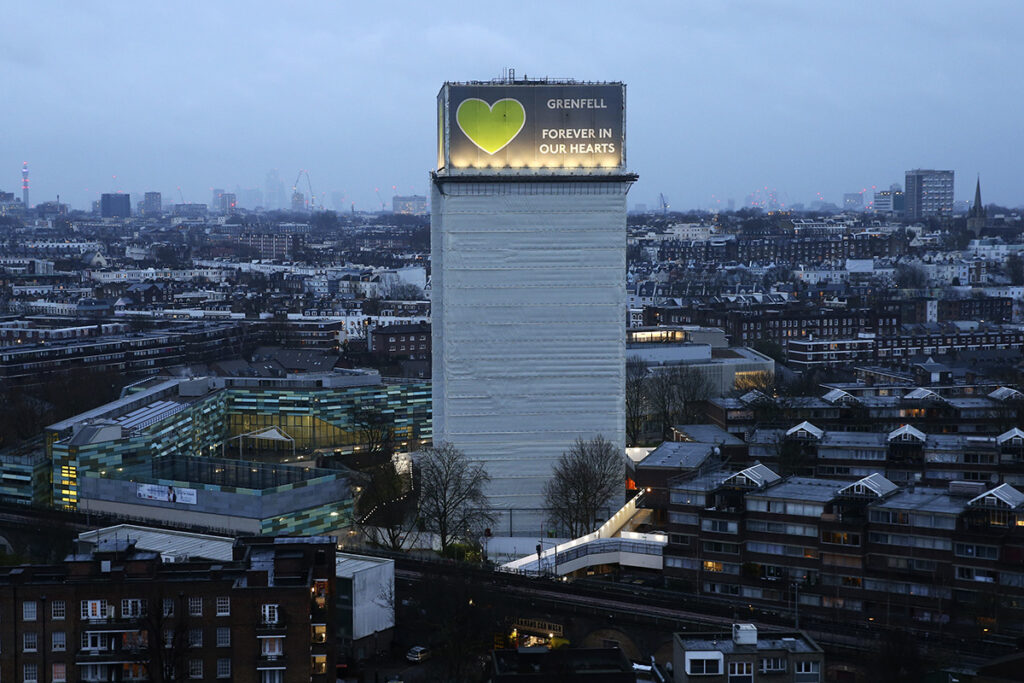The consequences of the Grenfell Tower disaster continue to affect leaseholders who own flats in blocks with non-compliant cladding.
The Building Safety Act 2022 was introduced to prevent similar catastrophes. One of the aspects of the Act was to ensure that leaseholders do not have to pay to repair construction failures when they were not involved in the original building. This includes fire safety defects.
The Act brings in leaseholder protections by way of a cap on the contributions to the costs of repairs. There are some limitations around whether a flat owner is a qualifying leaseholder. This includes whether the building meets the relevant building test (over 11m high or five storeys), the lease existed before 14 February 2022 and the owner used the property as their main residence or owned no more than three UK properties.
If the owner does not qualify then they will be liable for the full cost of their portion of the repairs.
You can find more guidance by following these links:
Please note the date this article was published as the law or the essence may have changed since it was posted. You should always seek independent legal advice if you are intending to rely on any of the contents.
